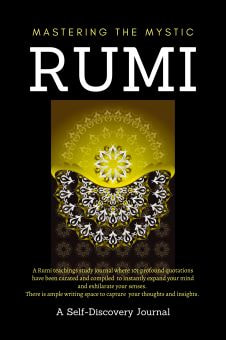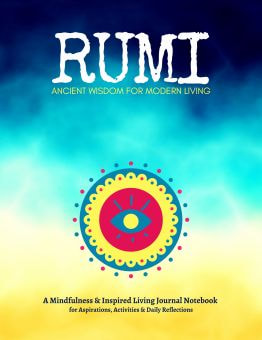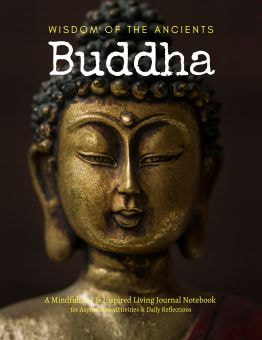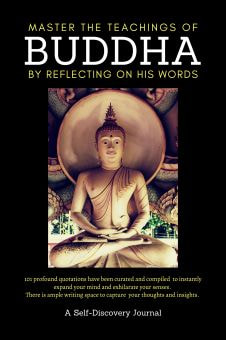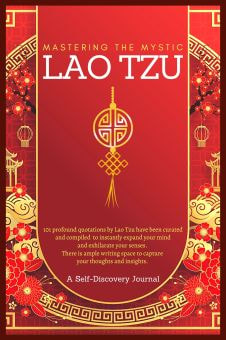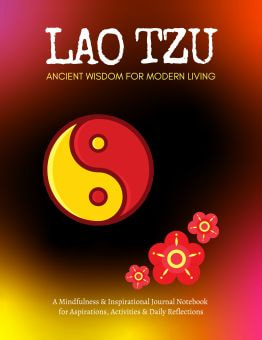Spiritual significance of the Apple Tree
In many ancient traditions, the apple tree is linked to love and temptation. Apples are seen as objects of desire and symbols of romantic love. They are associated with beauty and the allure of temptation.
Additionally, the apple tree is connected to healing and immortality as per some myths and legends. It is believed to possess the power to heal and bring eternal life.
Receiving Apple Tree in a Tree Oracle divination
Receiving the apple tree, also hints at a period of growth and abundance, where new opportunities and blessings may come their way.
The apple tree's connection to love indicates that matters of the heart could be significant. Apple tree encourages the person to embrace love and beauty in their life.
Overall, receiving the apple tree in divination is a positive sign, pointing to growth, knowledge, and the presence of love and abundance.





